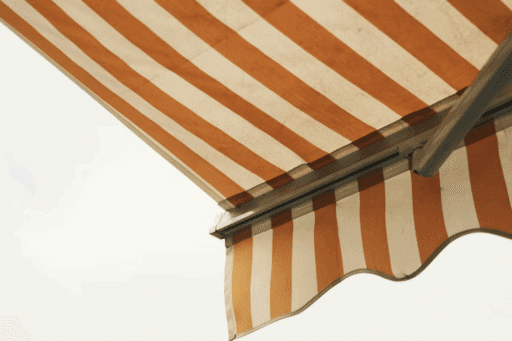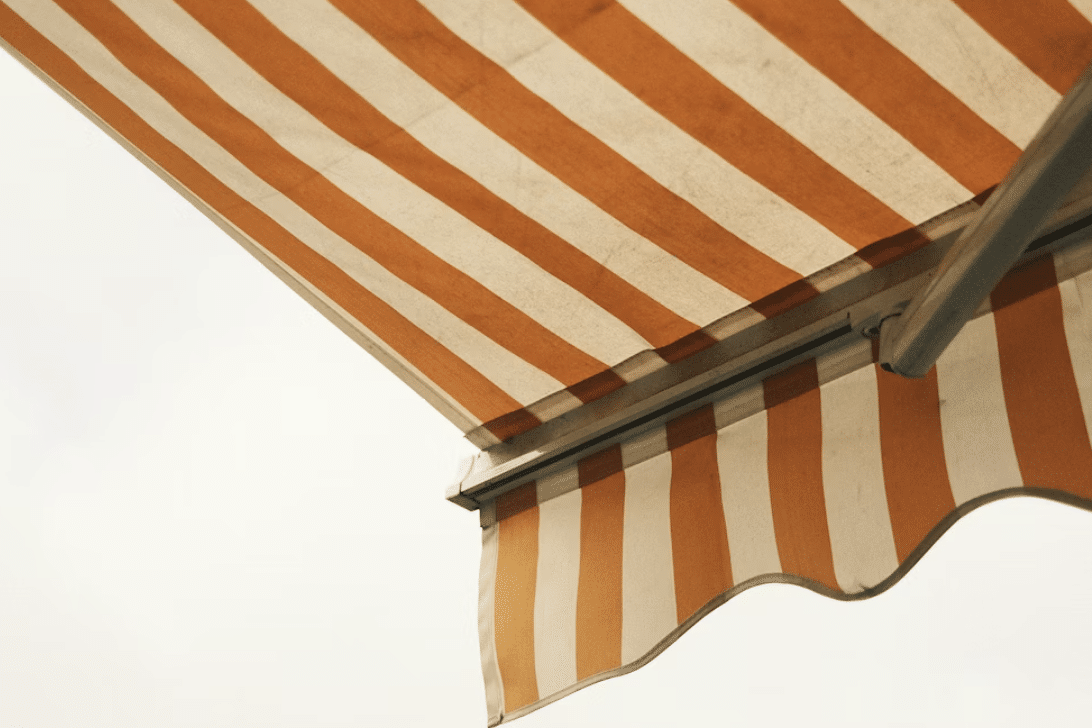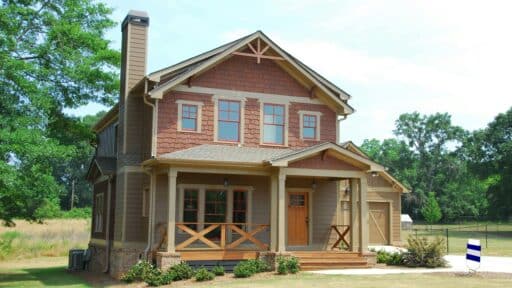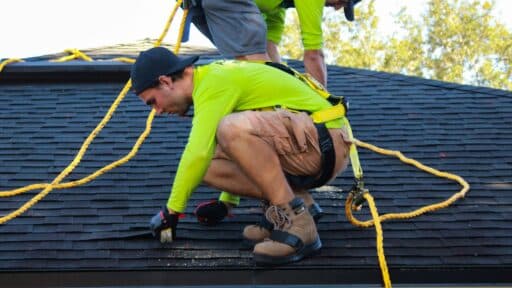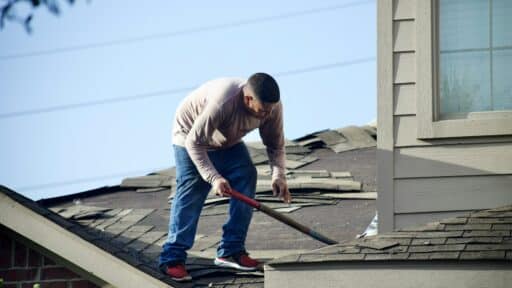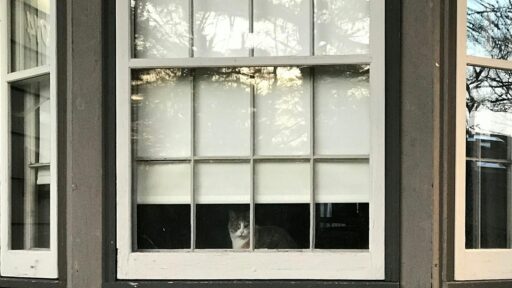Buying an awning seems straightforward—pick a style, pay, and install. Most people browse online galleries, fall in love with pretty pictures, and assume that’s all there is to it.
But many homeowners overlook critical factors that affect cost, comfort, and longevity. Those seemingly minor details can transform your purchase from a brilliant investment into an expensive lesson in what not to do next time.
Small details can mean the difference between a wise investment in your home or an expensive regret. Getting these fundamentals right from the start saves both money and frustration down the road.
Sun and Shade Patterns Around Your Home
Your home’s orientation determines everything about shade effectiveness, yet most buyers never track sun patterns before purchasing. South-facing patios get hammered by afternoon heat, while north-facing areas might need different coverage strategies entirely. East-facing spaces catch brutal morning sun, and west-facing areas deal with intense evening glare.
Seasonal shifts change everything too. That perfect summer shade spot might leave you squinting through autumn glare when the sun’s angle drops. Winter positioning affects snow load and wind exposure patterns that could damage your investment. Spring and fall bring different challenges as sun angles shift dramatically throughout the year.
Smart placement planning happens before you fall in love with any particular awning style. Walk around your property at different times throughout several days, noting where shadows fall and where you actually spend time outdoors. This homework prevents expensive repositioning later when you realize the coverage doesn’t match your needs.
The Impact of Local Weather Conditions
Wind resistance ratings aren’t suggestions—they’re survival requirements for your awning. Coastal homes face salt air corrosion and hurricane-force gusts that demand commercial-grade materials. Those ocean breezes might feel pleasant, but they carry corrosive elements that destroy standard awning hardware within a few years.
Inland properties deal with temperature extremes and sudden storm systems that create different challenges. Desert climates bring scorching heat and flash floods. Mountain regions add snow load calculations and altitude considerations that affect fabric tension and frame stress. Prairie locations mean dealing with constant wind and severe thunderstorms.
Choosing the right awning grade for your region means researching manufacturer specifications rather than trusting marketing claims. That “heavy duty” label might mean different things to different companies, so dig into actual wind speed ratings and fabric durability testing. Local building codes often specify minimum requirements that generic online retailers won’t mention.
Installation Requirements and Hidden Costs
Wall reinforcements aren’t optional when you’re mounting several hundred pounds of awning hardware. Vinyl siding needs backing boards that might not exist behind your exterior walls. Brick installations require specialized anchoring systems and masonry bits that cost extra. Stucco walls present unique challenges with hidden structural elements.
Electrical wiring for motorized models involves permits, professional installation, and potential panel upgrades in older homes. That convenient remote control operation might double your total project cost when you factor in proper electrical work. GFCI outlets, weatherproof switches, and code-compliant wiring add complexity that DIY enthusiasts often underestimate.
HOA approvals and building permits create timeline delays that can stretch your project across months. Some neighborhoods restrict awning styles, colors, or sizes in ways that force expensive design changes after you’ve already placed orders. Historic districts add another layer of approval requirements that could derail your plans entirely.
Long-Term Maintenance Needs
Fabric cleaning isn’t a once-in-a-while suggestion—it’s mandatory maintenance for preventing mildew, fading, and premature replacement. Professional cleaning costs $100-200 annually, while DIY approaches require specialized products and significant time investment. Neglecting this maintenance can void warranties and force early replacement.
Hardware lubrication and part repairs become routine expenses after the first few years. Moving parts wear out, springs lose tension, and weather seals need replacement. Motors require periodic servicing, and electronic components fail in humid environments. Budget $200-400 annually for keeping mechanical systems running smoothly.
Warranty coverage limitations exclude most real-world problems like storm damage, normal wear, and user error. Those comprehensive guarantees often cover manufacturing defects that represent maybe 10% of actual repair needs you’ll encounter. Understanding these limitations helps set realistic expectations for ownership costs.
Conclusion
Don’t let excitement override careful planning when shopping for outdoor shade solutions. Sun patterns, weather conditions, installation requirements, and maintenance needs all deserve serious consideration before you commit to any purchase. These factors determine whether your awning becomes a valued home improvement or an expensive headache.
These details ensure an awning provides lasting value rather than becoming an expensive outdoor decoration that creates more problems than it solves. Taking time for proper research pays dividends for years to come through reliable performance and genuine satisfaction.
The smartest buyers approach awning purchases like any major home improvement project, considering all angles before making decisions. Awareness now saves headaches later and turns your shade investment into genuine long-term satisfaction that enhances outdoor living for years to come.

